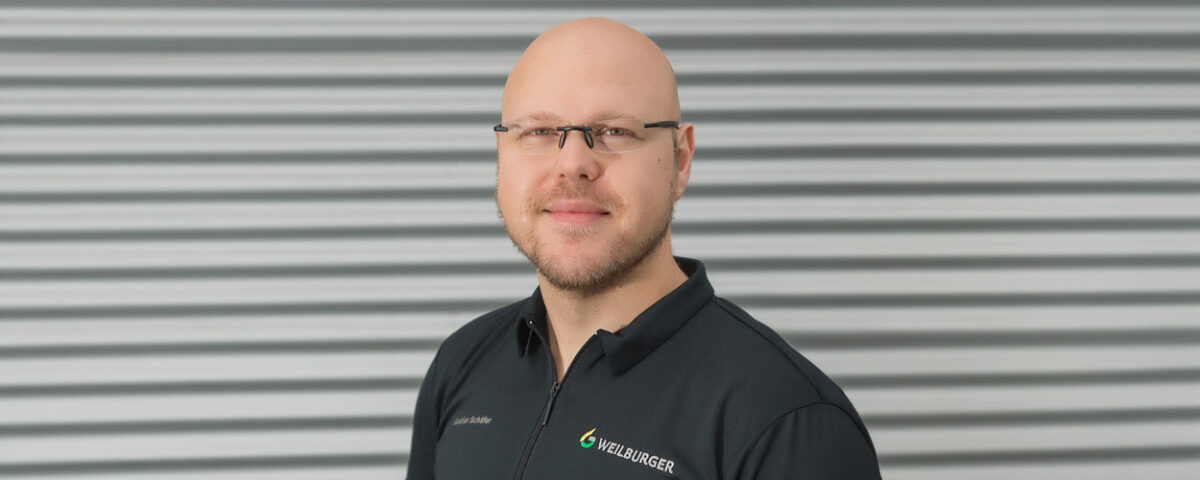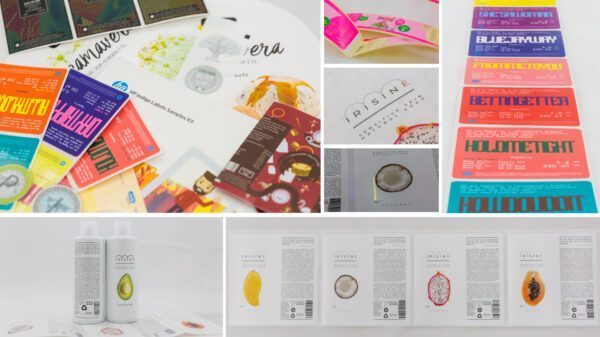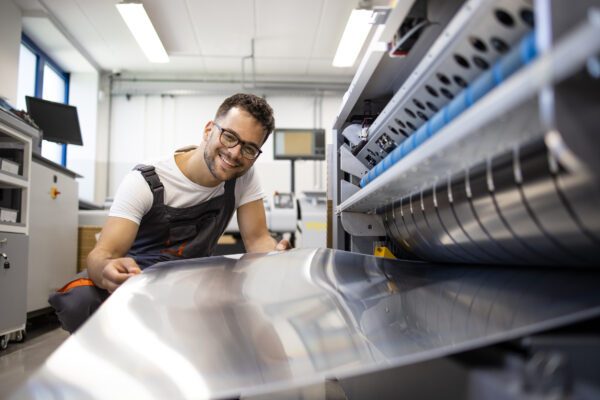In a world that is increasingly sensitive to environmental issues, the substitution of plastic in packaging is an issue of central importance. WEILBURGER Graphics GmbH is at the forefront of this movement, using innovative technologies to develop more sustainable packaging solutions. In this interview, Bastian Pinsenschaum, Head of Technical Service & Product Management at WEILBURGER Graphics GmbH, gives an insight into the challenges and opportunities of reducing plastic in packaging.
Why should plastic in packaging be avoided wherever possible?
Before we approach this large and comprehensive topic, we need to break it down to the area relevant to us. For us at WEILBURGER Graphics GmbH, the substitution of plastic in packaging means the intelligent equipping of fiber-based materials with additional functions. One example would be the upgrading of an uncoated cardboard backing with a grease barrier. In our view, it becomes intelligent when it is possible to meet all the necessary requirements for the packaging and master the challenges of a problem-free circular economy.
Even if it is a little difficult, we have to look at the background. On the one hand, there is the legal part, which is unfortunately very difficult to understand. Starting with the European Packaging Directive 94/62/EC and the Single Use Plastics Directive, there are a large number of interlocking provisions in national legislation. In Germany, the Single-Use Plastics Prohibition Ordinance and the Packaging Act with its §21 on ecological product design should be mentioned here in particular. The minimum standard for assessing the recyclability of packaging subject to system participation is derived from Section 21. This minimum standard is revised annually and published by the Central Agency Packaging Register and not only provides assistance in improving packaging ecologically, but also has a direct impact on the fees to be paid.
The requirements to be implemented, which can also be brand owner-specific, develop from the assistance and requirements. This means that they are more pronounced than the legal requirements. These requirements do not yet relate to the safety of the contents, but rather to the "end of life" of the packaging. The food law components also come into play here and therefore extend the requirements profile even further.
Due to the omnipresent "plastic bashing", more and more fiber-based packaging is being produced. For example, for product packaging for pasta, coffee or sausage. Although this often looks like ecological added value, it is often more difficult to recycle than single-origin plastic packaging. In order to counteract this trend, which I personally find worrying, we need to understand the system after the end of the packaging's life and have the will to improve it!
Which applications are suitable for this?
All applications in which plastic can be replaced without significant disadvantages for the product and its handling should be scrutinized. If the newly designed (fiber-based) packaging can then also be easily integrated into the recycling cycle, we believe there is a need for action. The frozen food packaging sector in particular, which is currently solved using plastic-coated cardboard packaging, offers many opportunities for modern coatings.
Can plastic be completely replaced?
In our view, this is a clear no. It is much more important to check where plastic really needs to be used and to optimize the remaining area with a view to optimal recovery in the recycling loop.
Where does substitution make sense, where not?
In general, it always makes sense to substitute plastics, even across industries, if more environmentally friendly alternatives are available. The market for disposable packaging in particular offers extraordinary potential. However, based on the goal of reducing the carbon footprint, the entire process must always be examined to determine whether the use of possible alternatives will ultimately lead to a reduction. Here, the meaningfulness must be questioned.
What is the current status, what has already been realized, what experiences have been made?
Food packaging for direct contact with dry, moist and fatty foods is already feasible today. The materials produced in this way are already in widespread use and we encounter them every day (e.g. in baked goods). We can also provide paper and cardboard packaging with water resistance. Our practical example of a "drinks cooler", for example, remains watertight for approx. 7 days. A substrate equipped with such properties offers a wide range of possible applications. One of our customers has put this property into practice. Using our impregnating varnish, he developed asparagus banderoles that completely replaced the plastic banderoles that were previously used.
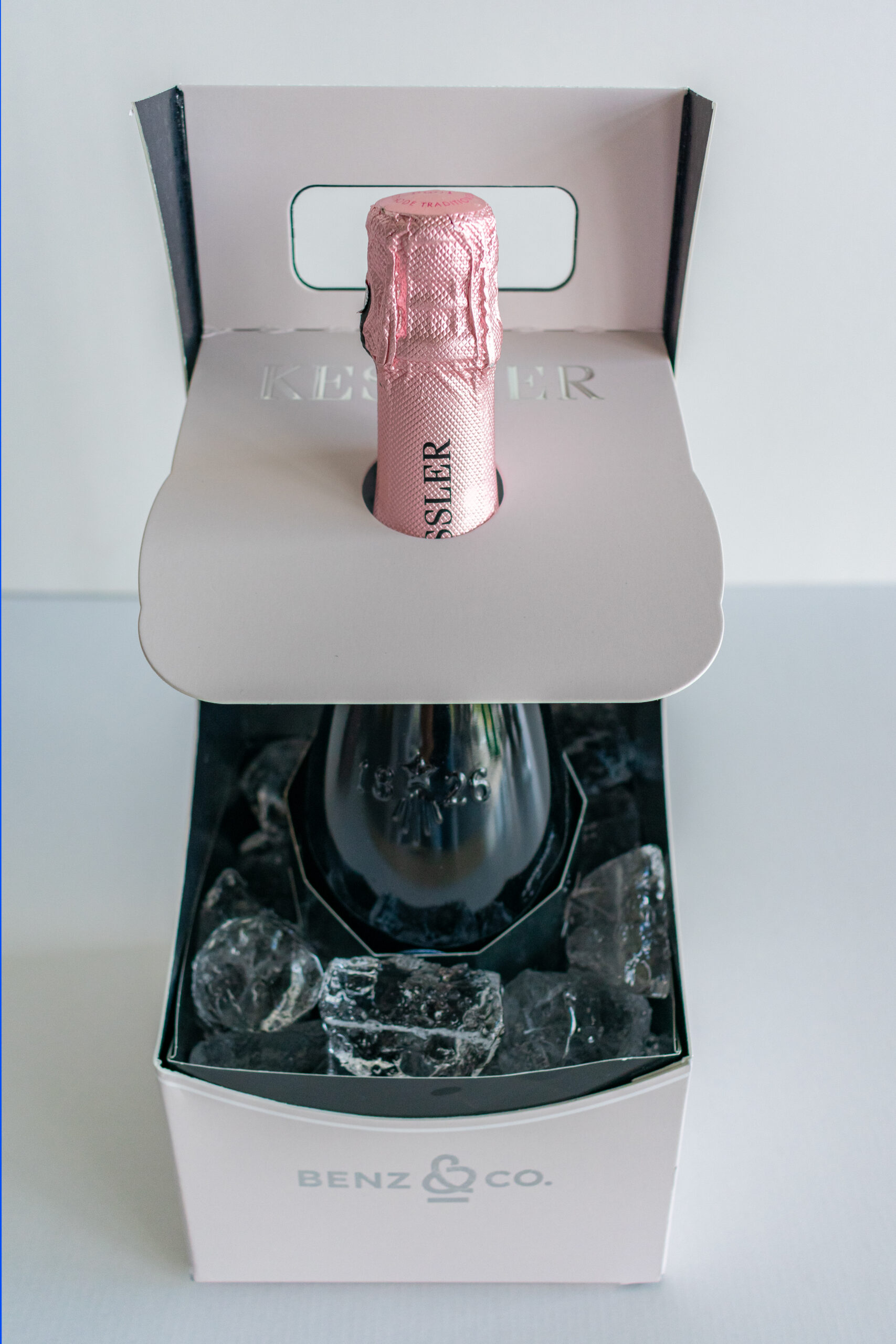
What are the implementation challenges?
When converting from pure plastic packaging to fiber-based packaging, three technical challenges arise after examining whether it makes sense:
The first hurdle to overcome in such applications is the required application quantity. The impregnation of fiber-based materials almost always involves highly absorbent substrates. These must be coated completely and pore-free with an impregnating varnish. If fibers penetrate the coating, they act like straws and draw oils or water into the substrate to be protected. The effect is considerably weakened. Depending on the material used, the key to success may lie in a single application with a very high application quantity or in an inline application of several thin layers. Multiple offline applications are usually not possible, as the layers will repel each other once they have dried sufficiently. This must be taken into account and tested in advance if necessary. Our laboratory will be happy to help you with this!
The second hurdle is pore-free application. Any disturbance in the surface, e.g. due to air pockets, disrupts the function of the coating and leads to a significant deterioration in the result or even failure of the effect. This is why single applications will always have a harder time than multiple applications.
The last hurdle is probably the most difficult. In order to be successful with products equipped with impregnating varnish, the packaging design has to be rethought or the packaging has to be redesigned in many projects. A simple reproduction of existing products based on plastic layers, such as PE-coated cardboard, is usually not possible without further ado. Creasing, gluing or sealing seams must be designed differently and the packaging must be redesigned according to its technical characteristics or special features. Existing filling systems also have to be adapted to the new challenges. We all face this task together! Technically, it can be solved in many cases, but we need a lot of persuasion and perhaps a little courage to break new ground.
Where is WEILBURGER Graphics heading next?
What these new paths might look like is now a legitimate question and I have already hinted at some of them. So what will we see in the near future? We will see frozen food packaging in which the inner coating is replaced by impregnating varnishes. Recyclable, coated fiber-based packaging will most likely penetrate the confectionery sector and lead to an adaptation of packaging there. The first major trial projects are already underway and we see many more in the starting blocks.
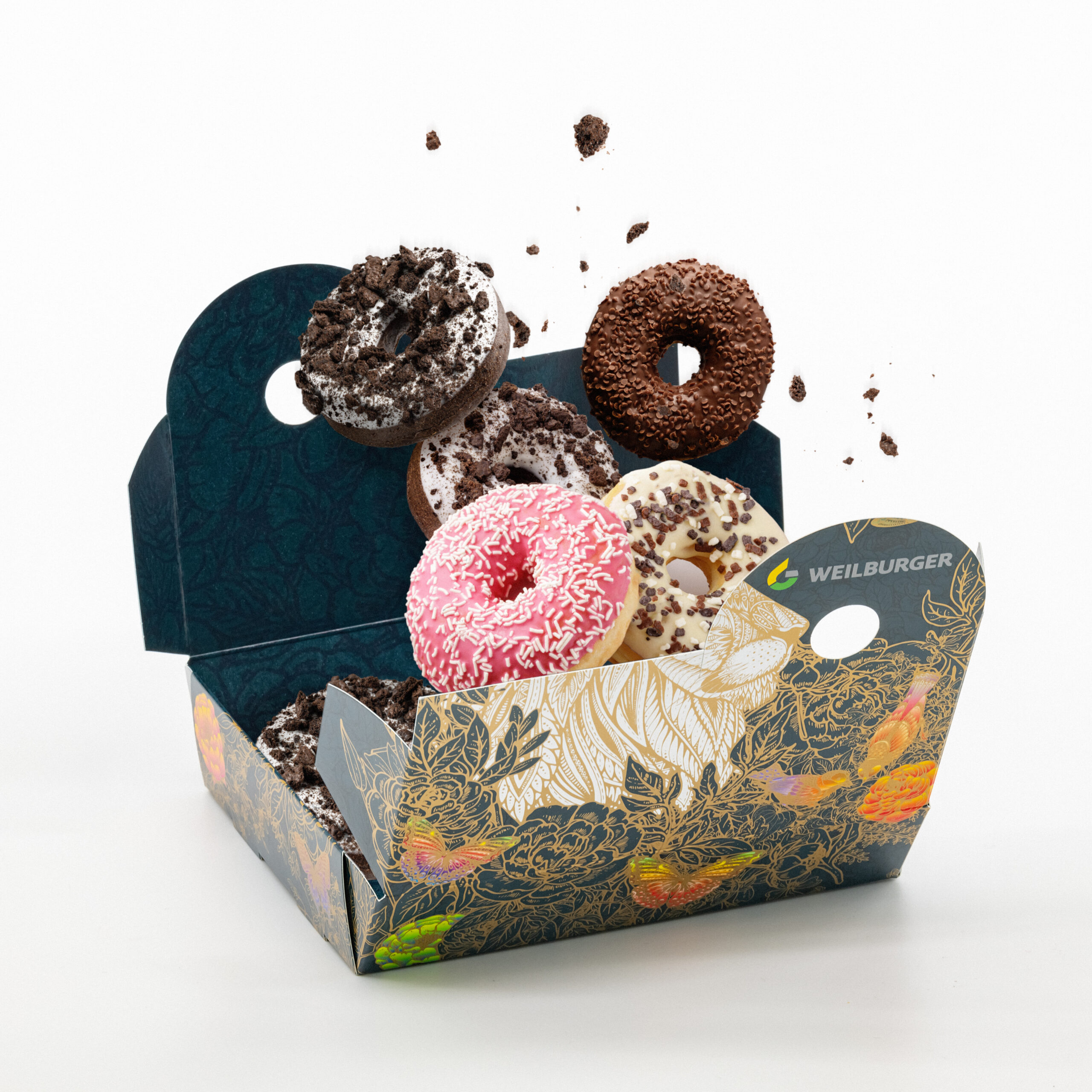
Packaging will change - also because it has to change! If they do not change and we do not manage together to establish the recyclability of packaging as a valuable commodity, the legislator will most likely force us to do so. That would be a restriction of our options for all of us and must therefore, in my view, be prevented by implementing the means already available.
Contact us
Find out more about Weilburger's innovative coating solutions. Our experts will be happy to help you. Please contact us.
